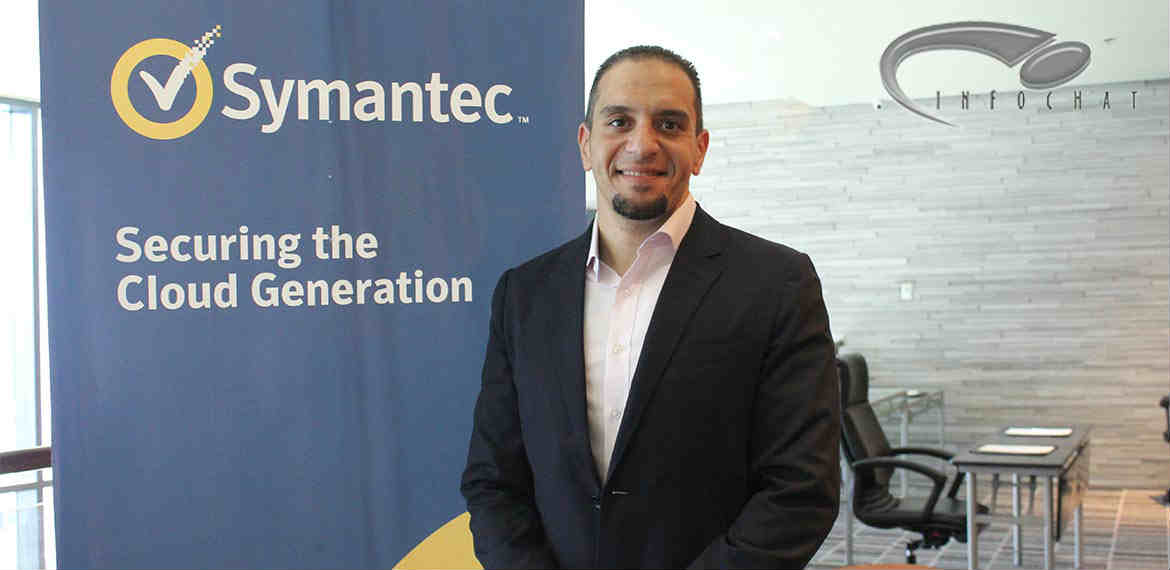Faced with diminishing returns from ransomware and cryptojacking, cyber criminals are doubling down on alternative methods such as formjacking to make money, according to Symantec’s (Nasdaq: SYMC) Internet Security Threat Report (ISTR) Volume 24.
Symantec’s ISTR provides an overview of the threat landscape, including insights into global threat activity, cyber criminal trends and motivations for attackers. The report analyzes data from Symantec’s Global Intelligence Network, the largest civilian threat intelligence network in the world, which records events from 123 million attack sensors worldwide, blocks 142 million threats daily and monitors threat activities in more than 157 countries.
The key highlights from this year’s report include:
Formjacking Is the New Get-Rich Quick Scheme for Cyber Criminals
Formjacking attacks are simple – essentially virtual ATM skimming where cyber criminals inject malicious code into retailers’ websites to steal shoppers’ payment card details. On average, more than 4,800 unique websites are compromised with formjacking code every month. Symantec blocked more than 3.7 million formjacking attacks on endpoints in 2018, with nearly a third of all detections occurring during the busiest online shopping period of the year – November and December.
While a number of well-known retailers’ online payment websites, including Ticketmaster and British Airways, were compromised with formjacking code in recent months, Symantec’s research reveals small and medium-sized retailers are, by and large, the most widely compromised.
By conservative estimates, cyber criminals may have collected tens of millions of dollars last year, stealing consumers’ financial and personal information through credit card fraud and sales on the dark web. Just 10 credit cards stolen from each compromised website could result in a yield of up to $2.2 million each month as a single credit card can fetch up to $45 in underground selling forums. With more than 380,000 credit cards stolen, the British Airways attack alone may have allowed criminals to net more than $17 million.
“Formjacking represents a serious threat for both businesses and consumers,” said Symantec CEO Greg Clark. “Without using a comprehensive security solution, consumers have no way to know if they are visiting an infected online retailer, leaving their valuable personal and financial information vulnerable to potentially devastating identity theft. For enterprises, the skyrocketing increase in formjacking reflects the growing risk of supply chain attacks, not to mention the reputational and liability risks businesses face when compromised.”
Diminishing Returns from Cryptojacking and Ransomware
In recent years, ransomware and cryptojacking, with which cyber criminals harness stolen processing power and cloud CPU usage from consumers and enterprises to mine cryptocurrency, were the go-to methods for cyber criminals looking to make easy money. 2018 saw a decline in activity and diminishing returns, primarily due to declining cryptocurrency values and the increasing adoption of cloud and mobile computing, rendering attacks less effective. For the first time since 2013, ransomware infections declined, dropping by 20 percent. Despite this, however, enterprises should not let their guard down: Enterprise ransomware infections jumped by 12 percent in 2018, bucking the overall downward trend and demonstrating ransomware’s ongoing threat to organizations. In fact, more than eight in ten ransomware infections impact organizations.
Although cryptojacking activity peaked early last year, cryptojacking activity declined by 52 percent throughout the course of 2018. Even with cryptocurrency values dropping by 90 percent and significantly reducing profitability, cryptojacking nonetheless continues to appeal to attackers because of the low entry barrier, minimal overhead and the anonymity it offers. Symantec blocked 3.5 million cryptojacking events on endpoints in December 2018 alone.
When It Comes to Security, the Cloud Is the New PC
The same security mistakes made on PCs during their initial adoption by the enterprise are now happening in the cloud. A single misconfigured cloud workload or storage instance could cost a company millions of dollars or land it in a compliance nightmare. In the past year alone, more than 70 million records were stolen or leaked from poorly configured S3 buckets. There are also numerous easily accessible tools that allow attackers to identify misconfigured cloud resources on the internet.
The recent discoveries of hardware chip vulnerabilities, including Meltdown, Spectre and Foreshadow, also place cloud services at risk of being exploited to gain access to the protected memory spaces of other companies’ resources hosted on the same physical server.
CONTINUE READING…












